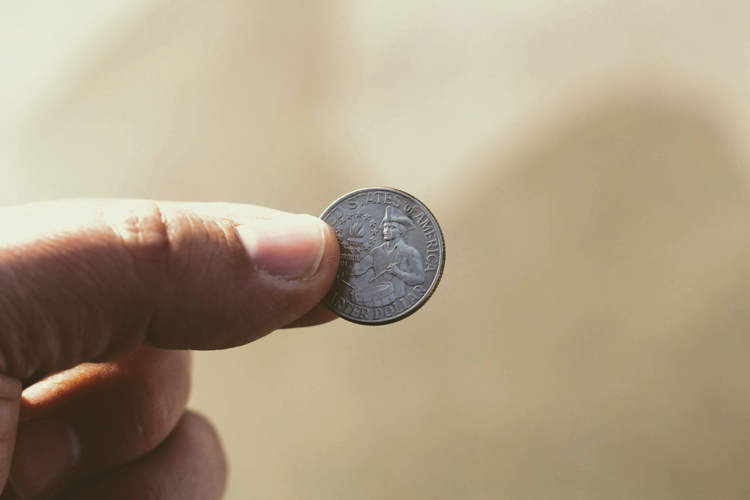Petrified pasta, juicy braised pork, rocky dried fruits and many other delicious-looking dishes are all part of China’s rare stone food banquets. The spread is nice to look at, but trying to sneak a bite will cost you a few teeth.
People in the mountainous regions of China know how to appreciate beautiful rocks, and some spend their whole lives gathering different kinds of rocks, scouring specialized stone shops and trekking through rugged mountain passes and desserts in search of unique additions to their collections. Strangely shaped or colored rocks are considered a feast for the eyes, and stones that resemble food are considered even more wonderful. It takes a lot of time and luck to find naturally shaped pieces of carnelian or jade that look good enough to eat, but dedicated stone collectors have proven it’s possible, on a number of occasions. Organizing stone food banquets is a long-standing Chinese tradition, and even in modern times it manages to draw media attention and keep stone collecting popular.









